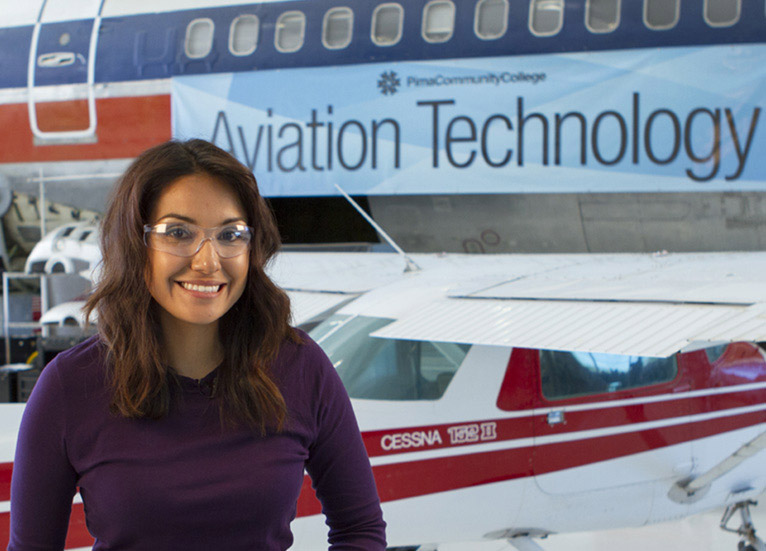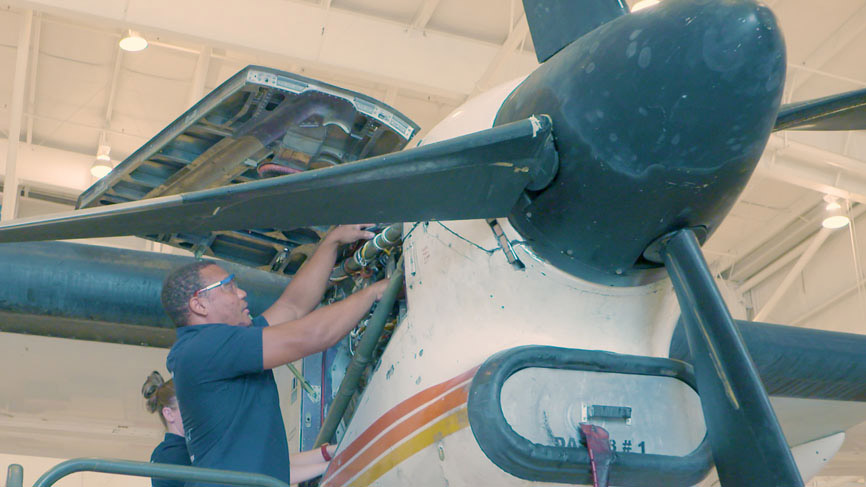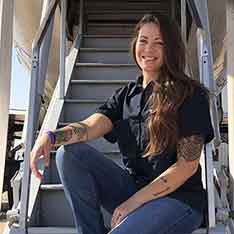
Aviation Technology
Pima’s Aviation Technology Program is one of the most respected and dynamic in the country and poised to expand to meet the skyrocketing job growth in Southern Arizona’s aviation industry.
The program’s Airframe and Powerplant courses are approved by the Federal Aviation Administration and run year-round. It is one of a handful of programs where students conduct hands-on learning on commercial transport aircraft.
The aviation sector of Southern Arizona’s economy offers high-paying jobs with dozens of local, national and international maintenance, repair and overhaul companies based in Tucson, including Bombardier, Ascent Aviation Services and Aerovation. Nationwide aviation industry growth is fueled by increased demand for new aircraft and new aviation technologies.
Accreditation: The Airframe and Powerplant courses are taught per the FAA’s Federal Aviation Regulations Part 147 for FAA Aviation Maintenance Technician schools. This allows students to be qualified for FAA Airframe and Powerplant certification.

List of Degrees
AAS - Associate of Applied Science
List of Certificates
- Aircraft Airframe and Powerplant Mechanics - Certificate
- Aircraft Airframe Mechanics - Certificate
- Aircraft General Mechanics - Certificate
- Aircraft Powerplant Mechanics - Certificate
- Aircraft Structural Repair - Certificate
- Avionics Technician - Certificate
- Nondestructive Testing - Certificate
- Nondestructive Testing Penetrant Level II - Certificate
List of Non-Credit Courses
Student Handbook
www.pima.edu/aviation
Location
PCC Aviation Technology Center
7211 S. Park Ave. Tucson AZ 85756
Contact Information
Email: pcc-aviation@pima.edu
Director: 520.206.5907
Program Assistant: 520.206.5910
Program Advisor: 520.206.5914
General Program Information
Want to prepare for the FAA A&P exam?
Take this noncredit test preparation class for experienced aircraft mechanics.

